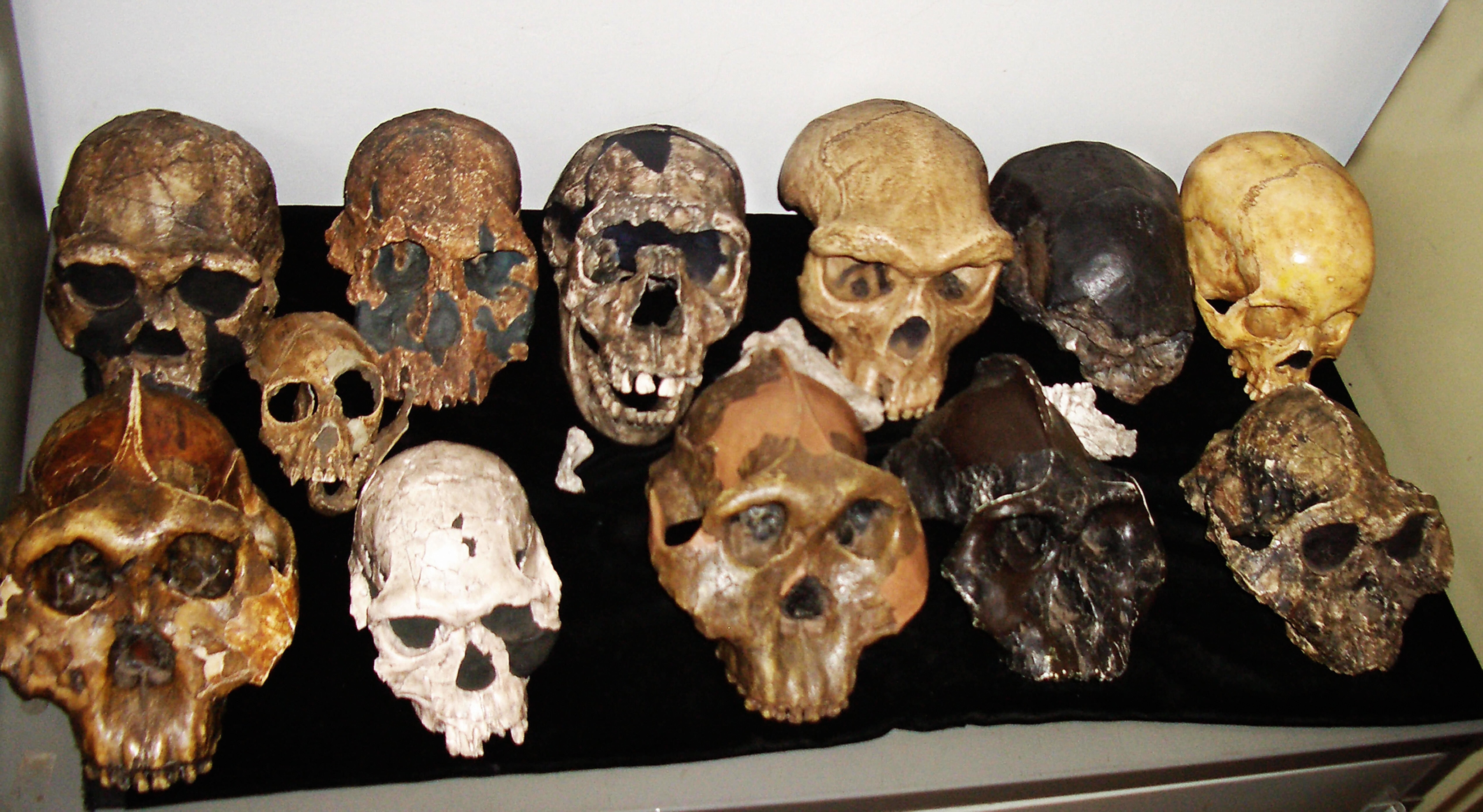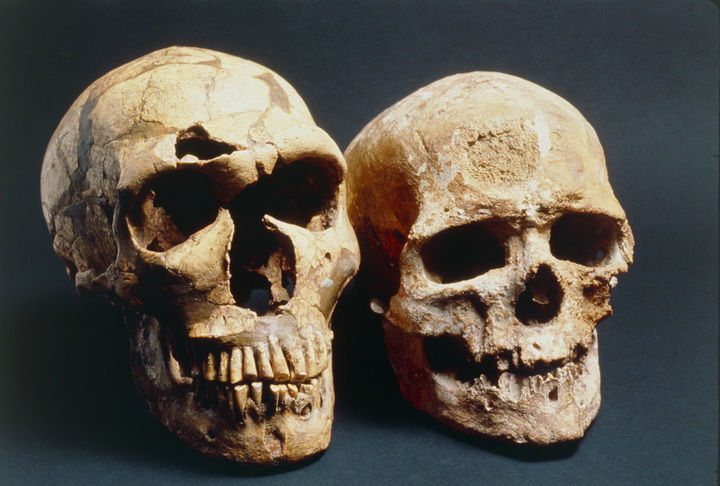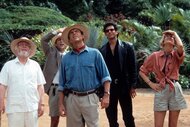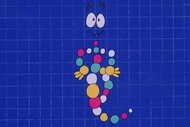Create a free profile to get unlimited access to exclusive videos, sweepstakes, and more!
AI unearths evidence for previously unknown human ancestor

You think you know what’s in your DNA, until you realize there are things lurking much further back than Great-Aunt Wanda's crooked smile.
Evidence for a previously unknown human ancestor has been discovered by scientists using deep learning AI. After years of this mysterious hominid being nothing more than a theory, now a new study reveals the ancestor is believed to have lived some 80,000 years ago. And it could be the missing link in the human genome.
Homo sapiens interbred with Neanderthals, who emerged from Africa over 200,000 years ago, and Denisovans, whose DNA was only found to be intertwined with ours after a 2008 discovery. That still wasn’t enough to explain the gaps in our genome that, until recently, were only filled by a hypothetical ancestor.
“In addition to the reported Neanderthal and Denisovan introgressions, our results support a third introgression in all Asian and Oceanian populations from an archaic population,” said population geneticist Oscar Lao, evolutionary biologist Mayukh Mondal, and their team of researchers in the study, which was recently published in Nature Communications. “This population is either related to the Neanderthal-Denisova clade or diverged early from the Denisova lineage.”
It was the discovery of an ancient child’s bone fragment that proved Neanderthals and Denisovans were interbreeding not just with Homo sapiens, but with each other. It was that piece of bone that made what was just a hypothetical third species a possible reality. Just one thing: Geneticists now had to map not only Neanderthal and Denisovan interbreeding, but the interbreeding of Homo sapiens with the Neanderthal-Denisovan hybrid.
This is where artificial intelligence came in to unlock what scientists from the Barcelona Center for Genomic Regulation believe is the most complex mystery in human evolution we’ve ever come across. This was not an analysis that could be done with the standard statistical tools, which is why Lao and Mondal’s team had to turn to something really advanced—more like futuristic. Enter deep learning.
“Whenever we run a simulation, we are traveling along a possible path in the history of humankind,” Lao explained in a statement. “Of all simulations, deep learning allows us to observe what makes the ancestral puzzle fit together.”
Deep learning AI machines analyze mind-blowing amounts of information for complex patterns using a network that has its architectural roots in the human brain. The researchers used this computer brain to their advantage by working backward and feeding it ancient demographic models, including the Neanderthal-Denisovan hybrid, until it came up with a genome that mirrored the modern human genome. This could be the proof we need that the much-hypothesized-about link is actually that hybrid.
Does this mean we Homo sapiens now know everything about our distant past? Probably not, but it might make you rethink where all your stardust comes from.
(via Motherboard)















